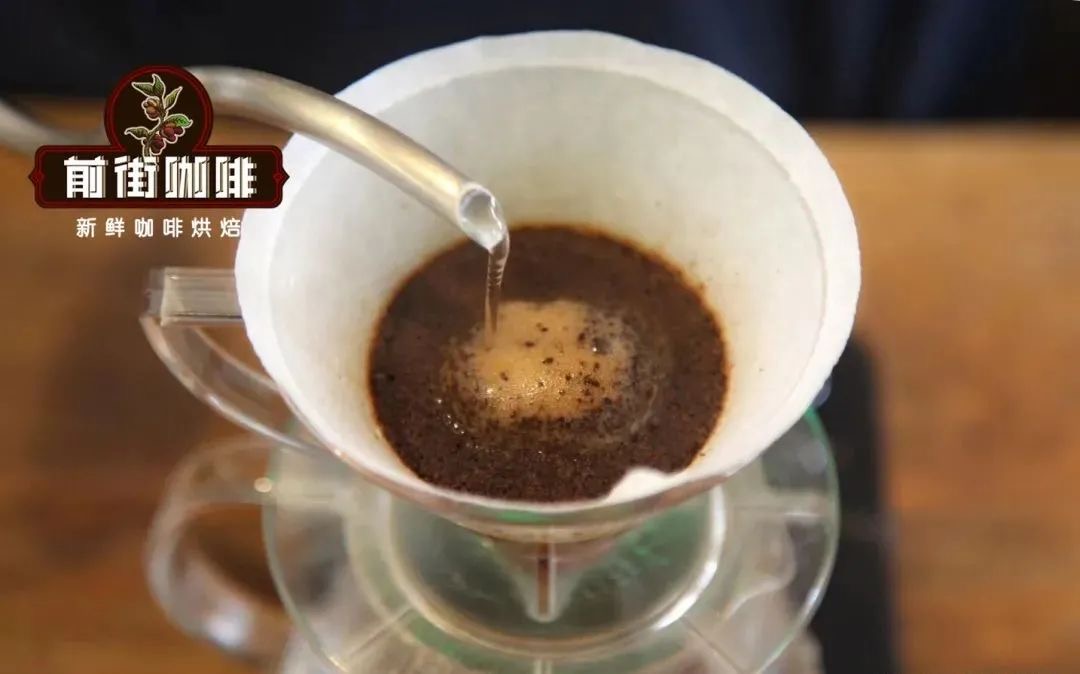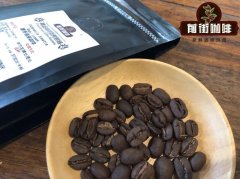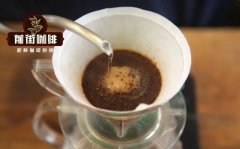Guatemala's pico tenango coffee name origin and history pico tenango coffee flavor such as
The name of the coffee bean Huehuetenango comes from its place of origin in Guatemala (Weitnango), or translated into Weitnango.
This place name is taken apart to mean that the place where the stars (ancestors) are located is the Nahuatl of Central America. Huehue means "stars", or ancestors in the sky, and the ending-tenango means "the place of so-and-so".

And there is indeed a slightly sad historical reason for this name: because this place was not originally called Weitenango.
In the early 16th century, a group of Spaniards called conquistador, through superior firearm technology and the power of the smallpox virus, bowed the sprawling and loose kingdoms of Central America (pronounced killed or slaves) with a very small number of troops.
The key means for the Spaniards to control more with less is to divide and divide, making use of the Central American ethnic states that already have many contradictions, forming an alliance with An and using its manpower to destroy the enemies of A. with this repeated leverage, they will be able to annex the states one by one. In the future, Western colonists all learned this trick and used it in Asia. For example, Britain used this trick perfectly, successfully destroying the Mughal Empire and unifying India.
The Spanish's biggest ally in Central America is the Nahua peoples of present-day Mexico, which may not be familiar with the name, but they are actually the Aztec, the name of their language, and their stronghold is the lake capital Tenochtitlan, today's Mexico City.
In the final analysis, the people who lived in the "tiny Nango" area of present-day Guatemala in the 16th century were the Mam people who spoke the Mayan language family of Central America.
The case is not simple, obviously it is the place where the Mayans live, how can it be named in the Aztec language?
The answer is simple: # Mayaman has been conquered.
At that time, the local kingdom was made up of Mayan ethnic groups that spoke the Mam language, which called itself Sakuru Saqulew. Mam means "saq soil (ulew)".
Sakuru, or the country of clay, sits on a high mountain with temples and fortifications at an altitude of more than 1900 meters. When the Spanish conquerors fought against the Nava (Aztec) in northern Mexico, displaced Mayan refugees gradually gathered here to take refuge in the final battle of the inevitable alien invasion.
After months of besieging the city by the army of the conquerors, when the city was finally captured, the poor were already cannibalizing each other (vernacular: the birds in the sky and the rats on the earth had been caught and eaten.) the miserable situation of cannibalism.
The Spaniards then forced the Mayans for the rest of their lives to do hard labor, built a new city four kilometers from Sakuru, and gave it a new name "Huehuetenango" in the language of the conqueror's happy companion, the Nava. The original city of Sakuru was in ruins and is still a tourist attraction famous for its Mayan buildings (the name later spelled as Zaculeu).
Later, because the tiny south fruit was suitable for growing coffee, the place name, which was taken in the Aztec dialect, became the name of a world-famous coffee bean (Mayan coffee beans?! ).
Finally, like Mini Tenango, many place names in Guatemala today were obtained as a result of the "conqueror invasion" of the 16th century.
Another "Tenango" place name is Quetzaltenango, the second largest city in Guatemala. For the same reason, Quetzal is a very beautiful tropical bird native to Guatemala.
All right, so do you know what "Mini Tenango" is? Dry this cup of fruity coffee with a slightly sour taste. I'll see you next time.
Important Notice :
前街咖啡 FrontStreet Coffee has moved to new addredd:
FrontStreet Coffee Address: 315,Donghua East Road,GuangZhou
Tel:020 38364473
- Prev

Is the civet coffee Kopi Luwak really cat shit? the origin and flavor of Kopi Luwak
Civet Coffee is called Luwak in Indonesia and Musang in Malaysia. It can be called the Rolls-Royce of coffee. The civet uses a keen sense of smell at night to choose the sweetest and juicy coffee fruit to eat, and the hard coffee core is discharged intact without being digested. During digestion, it is fermented in the civets' gastric juice, resulting in unparalleled changes; discharged coffee beans.
- Next

Grape dried honey treatment Costa Rican musician series Chopin recommended Canet processing plant
Country: CostaRica region: Tarazu (Tarrazu) processing Plant: Canet processing Plant altitude: 1650m treatment method: grape dried Honey treatment Grade: SHB Variety: Kaddura Cattura Flavor know: Costa Rica Canet processing plant musicians series I believe we are not unfamiliar with. After tasting Mozart's berry wine, Chopin added the scent of white flowers and
Related
- Beginners will see the "Coffee pull flower" guide!
- What is the difference between ice blog purified milk and ordinary milk coffee?
- Why is the Philippines the largest producer of crops in Liberia?
- For coffee extraction, should the fine powder be retained?
- How does extracted espresso fill pressed powder? How much strength does it take to press the powder?
- How to make jasmine cold extract coffee? Is the jasmine + latte good?
- Will this little toy really make the coffee taste better? How does Lily Drip affect coffee extraction?
- Will the action of slapping the filter cup also affect coffee extraction?
- What's the difference between powder-to-water ratio and powder-to-liquid ratio?
- What is the Ethiopian local species? What does it have to do with Heirloom native species?

